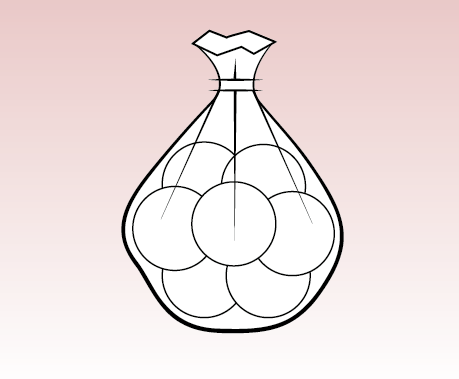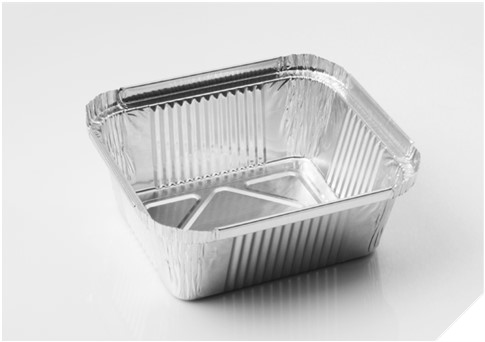Food contact bags

Food grade plastic bags are specifically designed for safely storing and transporting food. Unlike regular plastic bags, food grade bags are made from plastics that won’t leach chemicals into foods or beverages. The most commonly used plastics are polyethylene (PE) and polypropylene (PP). These plastics are non-toxic, odorless and chemically stable. Every food-safe material can be food-grade, but not all food-grade materials are necessarily food-safe. Food-safe materials are specifically designed to be in contact with food without causing harm, whereas food-grade materials can be deemed safe as long as they are used appropriately.
- Primary plastic raw materials.
- No toxic additives.
- The packaging film is elastic, flexible and tear-resistant and does not stick to your hands.
- A good food packaging film can keep your food fresh for longer and should not affect the smell, taste or color of food during storage.
R28-450 L

mm

145,6 x 120,6

130.0 x 105,0

111,5 x 86,5

40,0

450 cc
R25-560 L

mm

157,5 x 157,5

140,0 x 140,0

118,0 x 118,0

33,0

535 cc
R65-650 L

mm

221,5 x 129,5

205,0 x 113,0

188,0 x 96,0

34,0

670 cc
R87-651 L

mm

218,6 x 126,6

203,0 x 111,0

187,0 x 95,0

33,0

620 cc
Extrusion Process: During the plastic extrusion process, these ethylene-absorbing minerals are embedded into the plastic material. This ensures that the plastic can continuously absorb ethylene as it’s produced by the fruits and vegetables.
Prolonged Freshness: As the ethylene is absorbed or neutralized, the ripening process slows, and fruits and vegetables remain fresh for a longer period, reducing food waste.
This kind of packaging is particularly useful in the food industry for transportation and storage of perishable goods. It’s also found in consumer products like fruit and vegetable storage bags that claim to extend the freshness of produce by absorbing ethylene.
